 1979 Saab 900 I Dimensions, Size & Specs
1979 Saab 900 I Dimensions, Size & SpecsMeasurements of the 1979 Saab 900 I, engineered for optimal performance and comfort
| Dimensions | |
|---|---|
| Length: | 4680-4941 mm184.3-194.5 in15.4-16.2 ft |
| Width: | 1690 mm66.5 in5.5 ft |
| Height: | 1422 mm56.0 in4.7 ft |
| Trunk Capacity: | 600 liter21.2 cu ft |
| Trunk Capacity (Max): | 1600 liter56.5 cu ft |
| Weight Specifications | |
| Curb Weight: | 1174-1315 kg2588-2899 lbs |
| Maximal permitted Weight: | 1740 kg3836 lbs |
| Tire Specifications | |
| Rims Size: |
|
| Tire Sizes: |
|
The Saab 900 I, produced between 1978 and 1986, is a classic sedan representing Saab's innovative engineering and Scandinavian design philosophy during this period. This first generation of the 900 model line was available as a sedan and balanced practicality with unique styling and strong performance. Regarding its size, the Saab 900 I measures between 4680 mm (184.3 inches) and 4941 mm (194.5 inches) in length, making it relatively long for a vehicle of its class during the late 1970s and early 1980s. Its width stands at a consistent 1690 mm (66.5 inches), providing a stable road presence without sacrificing maneuverability. The height ranges from 1420 mm to 1422 mm (55.9 to 56 inches), offering ample headroom inside the cabin.
The curb weight of the Saab 900 I varies between 1174 kg (2589 lbs) and 1315 kg (2,899 lbs), which aligns with typical mid-sized sedans of this era, allowing the vehicle to maintain a good balance between fuel efficiency and driving dynamics. Its maximum permissible weight is rated up to 1740 kg (3,836 lbs), reflecting robust suspension and handling capabilities.
One of the standout features of the Saab 900 I is its generous luggage capacity. With all seats in place, the trunk provides 600 liters (21.2 cubic feet) of cargo space, which expands significantly to 1600 liters (56.5 cubic feet) when the rear seats are folded down. This makes it highly versatile for daily use and longer trips, capable of accommodating large loads easily.
The Saab 900 I rides on 15-inch rims, paired with tire options like 185/65 R15 92V, 195/69 VR15, and 195/60 VR15, offering a good mix of comfort and grip on various road surfaces.
Overall, the Saab 900 I sedan from this era combines a unique design with substantial interior space, a respectable size profile, and practical features, ensuring its place as a memorable and functional vehicle of its time.
Discover the standout features that make the 1979 Saab 900 I a leader in its class
Have a question? Please check our knowledgebase first.
The Saab 900 I, produced between 1978 and 1986, has a length range varying from 4680 mm to 4941 mm (approximately 184.3 inches to 194.4 inches). This variation in length was due to different body styles and model updates throughout its production run. The longer versions generally offered slightly more interior space or additional trim differences. This size made it a mid-sized sedan of its era, well-suited for comfortable family use without being overly bulky for city driving.
The width of the Saab 900 I is fixed at 1690 mm (approximately 66.5 inches), providing a stable and balanced stance on the road. The height ranges slightly between 1420 mm to 1422 mm (approx. 55.9 to 56.0 inches), which is typical for sedans of that period, offering adequate headroom for passengers. This size combination gives the Saab 900 I a sleek yet practical profile, improving aerodynamics and interior comfort.
The curb weight of the Saab 900 I varies between 1174 kg and 1315 kg (approximately 2588 lbs to 2898 lbs), depending on the trim and additional features included. This relatively moderate weight helps the car achieve a balance between fuel efficiency and solid road presence. The lighter models provide nimble handling characteristics, while the slightly heavier versions add stability and enhanced safety. Overall, the weight complements the vehicle's turbocharged engine options, ensuring responsive performance.
The Saab 900 I is notable for its spacious luggage capacity, offering 600 liters (about 21.2 cubic feet) of cargo space with the rear seats in place. When the rear seats are folded down, this capacity significantly increases to 1600 liters (approximately 56.5 cubic feet). This versatility makes the 900 I an excellent choice for drivers who need both passenger comfort and practical storage options, suitable for everything from daily errands to extended trips requiring larger cargo volume.
The Saab 900 I typically comes with 15-inch rims, which were considered standard for mid-sized sedans during its era. Tire sizes compatible with these rims include 185/65 R15 92 V, 195/69 VR15, and 195/60 VR15. These tire options offer a good balance of grip, comfort, and durability, ensuring stable handling and a comfortable ride on various road conditions. The choice of tire size may vary depending on specific trim levels or optional upgrades.
Yes, the Saab 900 I fits comfortably into a standard-sized garage. With its length ranging from 4680 mm to 4941 mm (184.3 to 194.4 inches), width at 1690 mm (66.5 inches), and height around 1420 mm (56 inches), it is compact enough to park easily in typical residential garages, which are generally around 2400-3000 mm (94.5 to 118 inches) wide and 4800-6000 mm (189 to 236 inches) deep. Owners should just ensure there is some extra space for opening doors and maneuvering.
The Saab 900 I replaced the older Saab 99, offering noticeable increases in length and slight changes in height and width. The 900 I's length ranges from 4680 mm to 4941 mm, which is longer than the Saab 99's typical length of about 4350 mm (171.3 inches). This increase provided more interior space and enhanced comfort. The width remained fairly consistent, maintaining similar handling characteristics, while its overall design evolution improved aerodynamics and aesthetics. Thus, the 900 I represented a clear step up in size and usability compared to its predecessor.
Compared to similar mid-sized sedans from the late 1970s and 1980s like the BMW 3 Series (E21) or Audi 80, the Saab 900 I offered a competitive length and width, generally being slightly more elongated than some compact sedans of the time. Its luggage capacity of up to 1600 liters with folded seats was superior to many competitors, emphasizing practicality. The unique Swedish engineering gave it a distinct combination of comfort, safety, and turbocharged engine options, setting it apart from rivals who focused more strictly on performance or luxury.
The maximum allowable weight, or gross vehicle weight, for the Saab 900 I is 1740 kg (approximately 3836 lbs). This includes the weight of the vehicle itself plus passengers, cargo, and any optional equipment. Ensuring not to exceed this weight is important for maintaining safety, proper handling, and braking characteristics. The specified weight limit is suitable for family usage, light cargo transport, and makes the Saab 900 I a versatile sedan for both daily driving and longer trips.
The Saab 900 I introduced several innovative features that distinguished it from other sedans of its time. It built on Saab's reputation for safety by incorporating a robust safety cage chassis and offered a turbocharged engine option that was unusual for non-sports sedans of the late 1970s and early 1980s. The front-engine, front-wheel-drive layout provided enhanced handling, while its aerodynamic shape helped improve fuel efficiency. Additionally, ergonomic and driver-oriented interior design emphasized comfort and convenience, which helped the 900 I maintain a loyal customer base through its production period.
Discover similar sized cars.
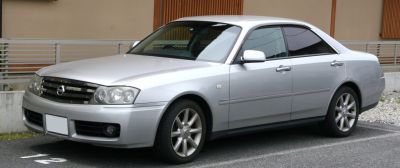
| Production: | 1999-2004 |
|---|---|
| Model Year: | 1999 |
| Length: | 4865 mm191.5 in |
| Width: | 1770 mm69.7 in |
| Height: | 1440-1465 mm56.7-57.7 in |
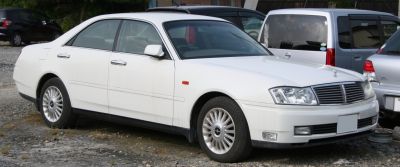
| Production: | 1999-2004 |
|---|---|
| Model Year: | 1999 |
| Length: | 4865 mm191.5 in |
| Width: | 1770 mm69.7 in |
| Height: | 1450-1465 mm57.1-57.7 in |
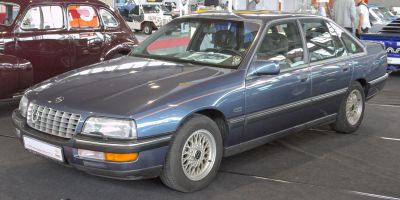
| Production: | 1987-1993 |
|---|---|
| Model Year: | 1987 |
| Length: | 4845 mm190.7 in |
| Width: | 1743-1763 mm68.6-69.4 in |
| Height: | 1452 mm57.2 in |
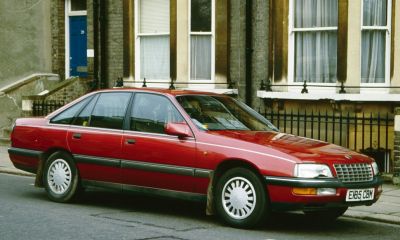
| Production: | 1987-1993 |
|---|---|
| Model Year: | 1987 |
| Length: | 4845 mm190.7 in |
| Width: | 1923-1932 mm75.7-76.1 in |
| Height: | 1450 mm57.1 in |
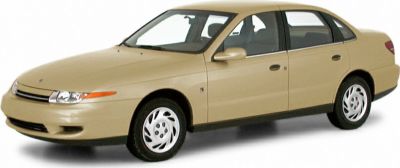
| Production: | 1999-2004 |
|---|---|
| Model Year: | 2000 |
| Length: | 4835 mm190.4 in |
| Width: | 1755 mm69.1 in |
| Height: | 1430 mm56.3 in |
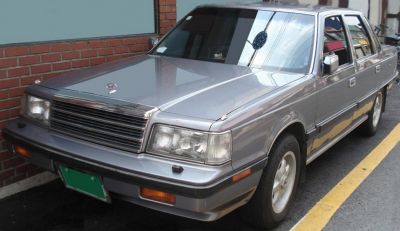
| Production: | 1986-1992 |
|---|---|
| Model Year: | 1986 |
| Length: | 4865 mm191.5 in |
| Width: | 1725 mm67.9 in |
| Height: | 1430-1450 mm56.3-57.1 in |
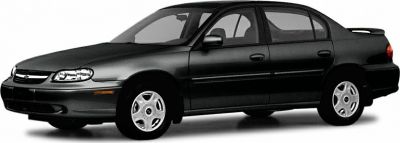
| Production: | 2004-2005 |
|---|---|
| Model Year: | 2004 |
| Length: | 4835 mm190.4 in |
| Width: | 1760 mm69.3 in |
| Height: | 1425 mm56.1 in |
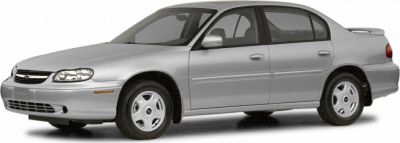
| Production: | 1997-2003 |
|---|---|
| Model Year: | 1997 |
| Length: | 4836 mm190.4 in |
| Width: | 1763 mm69.4 in |
| Height: | 1427-1433 mm56.2-56.4 in |
